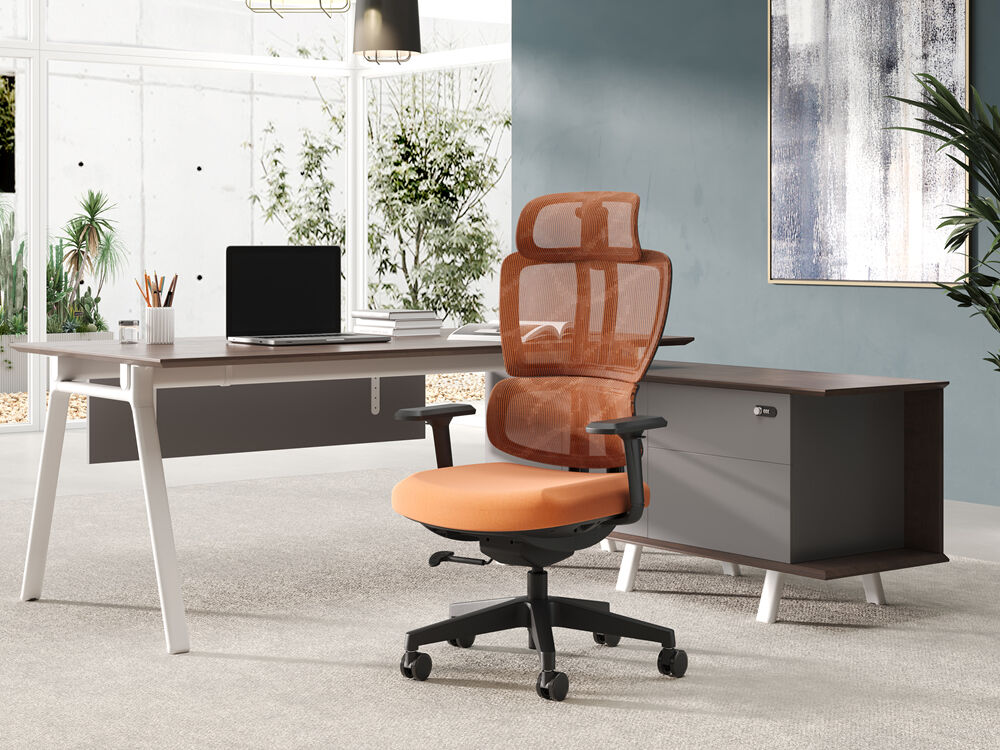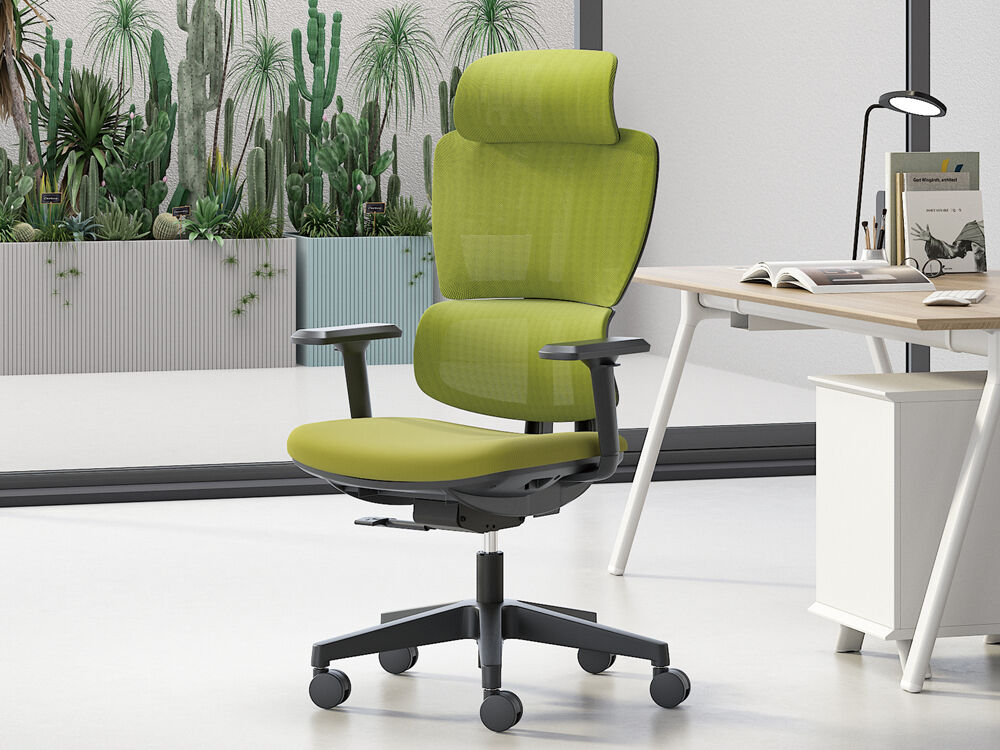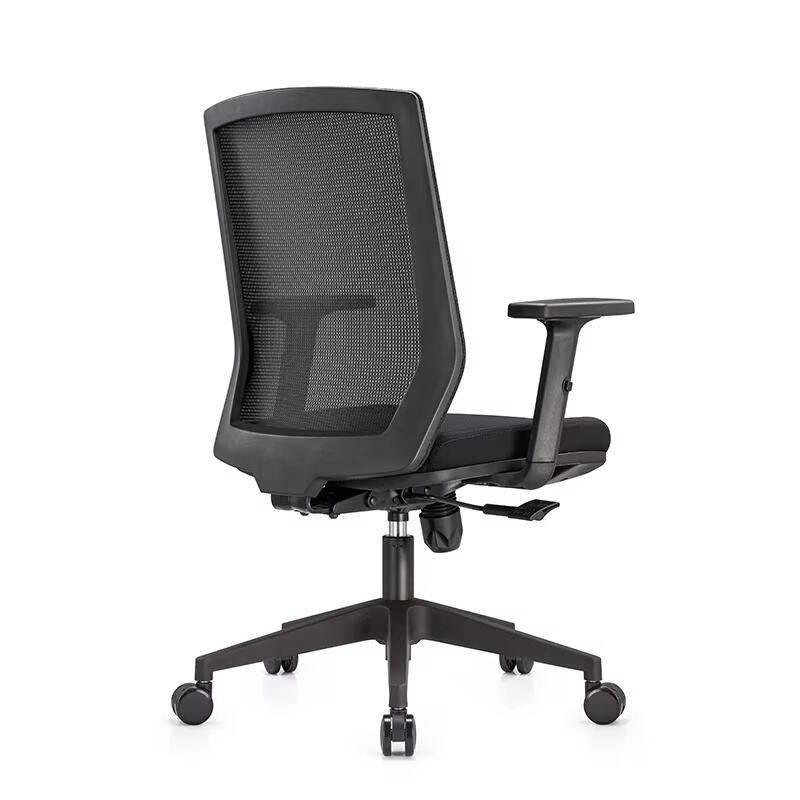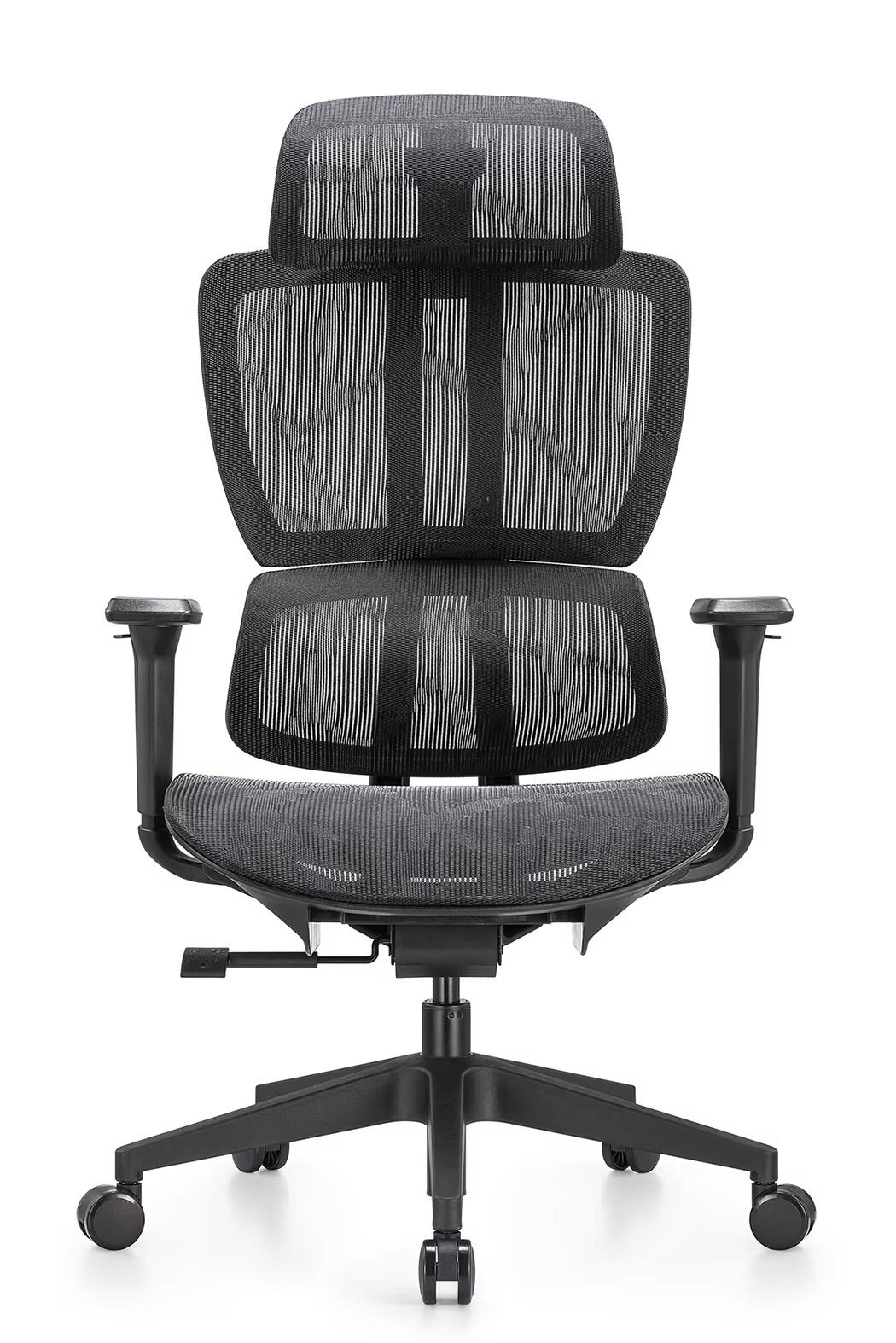
Éléments essentiels d'un siège de qualité supérieure en milieu de travail
Le lieu de travail moderne exige davantage de nos meubles de bureau qu'auparavant, en particulier en ce qui concerne nos choix de sièges. Un chaise ergonomique représente un investissement crucial en matière de confort et de productivité, servant de base pour maintenir une posture adéquate pendant de longues heures de travail. Alors que les professionnels passent de plus en plus de temps à leur bureau, l'importance du choix d'une chaise ergonomique adaptée ne peut être surestimée.
L'impact d'un bon siège va bien au-delà du confort élémentaire. Des études montrent que les employés utilisant des chaises ergonomiques de haute qualité connaissent moins de troubles musculosquelettiques et déclarent un niveau de satisfaction professionnel plus élevé. Comprendre les caractéristiques clés qui rendent une chaise ergonomique véritablement efficace peut vous aider à prendre une décision éclairée, bénéfique pour votre santé et votre performance au travail pendant de nombreuses années.
Composants clés de l'excellence ergonomique
Support lombaire réglable
La base de tout fauteuil ergonomique supérieur réside dans son système de soutien lombaire. Cette caractéristique essentielle maintient la courbe naturelle de votre colonne vertébrale, évitant ainsi les douleurs fréquentes au bas du dos qui affectent de nombreux employés de bureau. Les meilleurs fauteuils ergonomiques offrent un soutien lombaire réglable, pouvant être ajusté précisément en fonction de la courbure spécifique de votre colonne et de votre position assise préférée.
Privilégiez les fauteuils permettant de régler à la fois la hauteur et la profondeur du soutien lombaire. Ce niveau de personnalisation garantit un bon alignement, quel que soit votre morphotype ou vos habitudes assises. Le soutien doit être ferme tout en restant confortable, en exerçant une pression constante qui aide à maintenir une posture correcte tout au long de la journée.
Mécanismes de hauteur et de profondeur de l'assise
Un fauteuil ergonomique doit offrir des réglages de hauteur précis pour s'adapter à différents types de morphologie et configurations de bureau. La hauteur idéale du siège permet à vos pieds de reposer à plat sur le sol tout en maintenant vos cuisses parallèles au sol. Cette position favorise une bonne circulation sanguine et réduit la pression sur le bas du dos.
Également importante, la fonction de réglage de la profondeur du siège détermine la distance entre le bord avant du siège et le dossier. Une profondeur de siège correctement ajustée doit laisser un espace d'environ cinq à dix centimètres entre l'arrière de vos genoux et le bord du siège, permettant ainsi une position confortable des jambes et une répartition optimale du poids.
Fonctionnalités avancées de confort
Configuration des accoudoirs
Les chaises ergonomiques modernes sont dotées de repose-bras multidimensionnels réglables en hauteur, en largeur et en angle. Cette flexibilité permet une bonne position des bras lors de la saisie ou de l'utilisation d'une souris, réduisant ainsi les tensions au niveau des épaules et du cou. Les accoudoirs doivent être rembourrés mais fermes, offrant un soutien stable sans compromettre le confort.
Privilégiez les chaises équipées de repose-bras 4D, permettant un réglage dans plusieurs directions afin de s'adapter à diverses positions de travail et configurations de bureau. La possibilité de déplacer les accoudoirs vers l'intérieur ou l'extérieur est particulièrement intéressante pour les utilisateurs de morphologies différentes ou ceux qui alternent entre diverses tâches au cours de la journée.
Qualité des matériaux et respirabilité
Le choix des matériaux d'une chaise ergonomique a un impact significatif sur le confort et la durabilité. Les dossiers en maille de haute qualité assurent une excellente ventilation, évitant l'accumulation de chaleur pendant de longues périodes assises. Les sièges en tissu premium ou en cuir doivent offrir un rembourrage suffisant tout en conservant leur forme avec le temps.
Préférez des chaises dotées de propriétés évacuant l'humidité et de traitements antimicrobiens pour une hygiène et une durabilité accrues. Les matériaux doivent être faciles à nettoyer et résistants à l'usure, garantissant que votre investissement conserve son aspect et ses fonctionnalités pendant de nombreuses années.

Fonctionnalités de mouvement et de flexibilité
Mécanismes d'inclinaison dynamiques
Les chaises ergonomiques avancées intègrent des mécanismes d'inclinaison sophistiqués qui soutiennent le mouvement naturel tout en maintenant une posture correcte. Recherchez des chaises avec un mécanisme d'inclinaison synchrone, où le siège et le dossier se déplacent en coordination, ainsi qu'un réglage de tension ajustable selon votre poids corporel et vos préférences.
La possibilité de bloquer la chaise dans plusieurs positions vous permet de modifier votre posture au cours de la journée, favorisant ainsi la circulation sanguine et réduisant la fatigue musculaire. Certains modèles haut de gamme offrent une option d'inclinaison vers l'avant, particulièrement utile pour les tâches nécessitant de se pencher, comme la saisie ou les travaux précis.
base pivotante à 360 degrés
Une base stable avec des roulettes à roulement fluide est essentielle pour un déplacement facile et une bonne stabilité. Les meilleurs fauteuils ergonomiques disposent d'une base à cinq branches en matériaux durables tels que le nylon renforcé ou l'aluminium. Les roulettes doivent rouler sans effort sur divers types de sols tout en maintenant la stabilité du fauteuil.
Privilégiez des fauteuils équipés de roulettes adaptées à votre type de sol : roulettes pour sols durs dans les zones moquettées, et roulettes souples pour les sols durs. La base doit offrir une assise suffisamment large pour éviter les basculements, tout en permettant une liberté de mouvement dans votre espace de travail.
Questions fréquemment posées
Combien de temps un fauteuil ergonomique de qualité doit-il durer ?
Un fauteuil ergonomique de haute qualité, correctement entretenu, devrait durer entre 7 et 10 ans. Cette durée de vie dépend de plusieurs facteurs, notamment les habitudes d'utilisation, la fréquence de l'entretien et la qualité des matériaux utilisés dans sa fabrication. Un nettoyage régulier et une utilisation appropriée peuvent sensiblement prolonger la durée de fonctionnement du fauteuil.
Quelle est la largeur optimale de l'assise pour un fauteuil ergonomique ?
La largeur idéale de l'assise se situe généralement entre 43 et 53 cm, offrant un soutien adéquat tout en permettant des mouvements naturels. Toutefois, cette mesure doit tenir compte du type de corps et des préférences individuelles. L'assise doit offrir au moins 2,5 cm d'espace de chaque côté de vos hanches pour un confort et un soutien optimaux.
Combien dois-je prévoir d'investir dans un fauteuil ergonomique de qualité ?
Les fauteuils ergonomiques de qualité se situent généralement entre 500 $ et 1 500 $, les modèles haut de gamme pouvant dépasser cette fourchette. Bien que cela puisse sembler être un investissement important, tenez compte du fait que vous utiliserez probablement ce fauteuil plusieurs heures par jour pendant de nombreuses années. Calculé par heure d'utilisation, un fauteuil ergonomique de haute qualité offre une excellente valeur compte tenu du confort et des bénéfices pour la santé qu'il procure.











